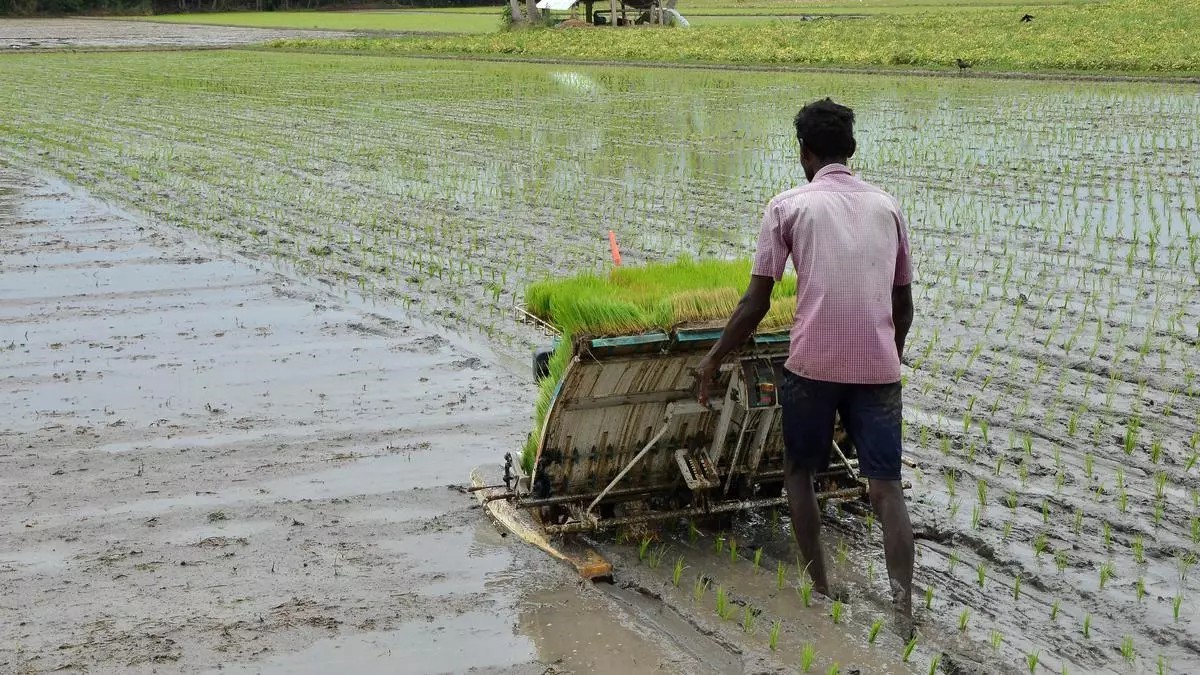Skills shortage hampering farm mechanisation
13 Apr 2023
Opinion: Bornali Bhandari and Laxmi Joshi.
Farmers should be trained in the use of the machinery, while production units must leverage the services of ITIs
The recently released NCAER white paper on ‘Making India a Global Power House in the Farm Machinery Industry’ reveals a mismatch between what the organised industrial sector is producing, especially in the non-tractors segment, and what the small and marginal Indian farmers want.
The farm machinery industry is characterised by both demand and supply-side challenges. Farm mechanisation in India, at 40-45 per cent, remains low compared to the rest of the world; in the US it is 95 per cent, Brazil 75 per cent, and China 57 per cent.
Skills shortage is a problem, resulting in a low-equilibrium trap for the industry. It is not surprising that village craftsmen, who fall at the bottom of the pyramid in the industry, form the largest group and are the ones who end up largely catering to the Indian farmers in terms of supply, repair, and maintenance of farm machinery.
There is a lack of adequate information and awareness amongst farmers about the technology and the management of machinery. Consequently, their selection of machinery is poor, often making it a wasted investment.
On the supply side, micro, small, and medium enterprises (MSMEs) suffer from a lack of skilled personnel. Fabrication of agricultural tools and machinery is often done by semi-skilled workers without proper equipment. In the case of small-scale fabricators, there are hardly any qualihed supervisors to monitor quality. Finding qualihed personnel for testing machinery is also a challenge.
Extension programmes need to be strengthened to address demand-side issues. First, State agricultural universities, ICAR and other institutes that have tractor training centres, Krishi Vigyan Kendras and industry (through their dealers) should be made responsible for training young farmers/owners/operators on how to select, operate and service farm machinery. They should also provide information on developments in mechanisation including the availability of new and better farm equipment for different applications.
The programmes of front-line demonstration of farm machinery should be strengthened. Handheld training to users of new-generation farm machinery may encourage the extension and adoption of farm power.
Bridging the gap
The Agricultural Skills Council of India should work at the district level to address skilling shortages on the demand side; public-private partnerships with Custom Hiring Centres may be especially useful. ICAR institutes can offer short courses that address skills shortages on the demand side and Industrial Training Institutes (ITIs) can be leveraged to address the skill gaps in repair and maintenance.
Service centres at the regional and State levels may be promoted in the private and industrial sectors. This will alleviate the need for each farmer to own machinery and learn skills to operate the individual machines. Each centre can also rent out machines with the associated package of service. Such service enterprises will also create jobs for skilled youth in that region.
On the supply side, the District Industries Centre should work with local industrial clusters so that ITIs can provide relevant courses with the latest available technical knowledge and skills.
Dual vocational skilling programmes will greatly beneht industrial clusters located in tier-II and tier-III cities. MSMEs should also leverage the Apprentices Policy of the Central Government. This may be a win- win situation for the youth.
Bhandari is Professor, and Joshi is Fellow, at NCAER. Views are personal.
Published in: The Hindu Business Line, 13 Apr 2023
Author:Bornali Bhandari, Laxmi Joshi






